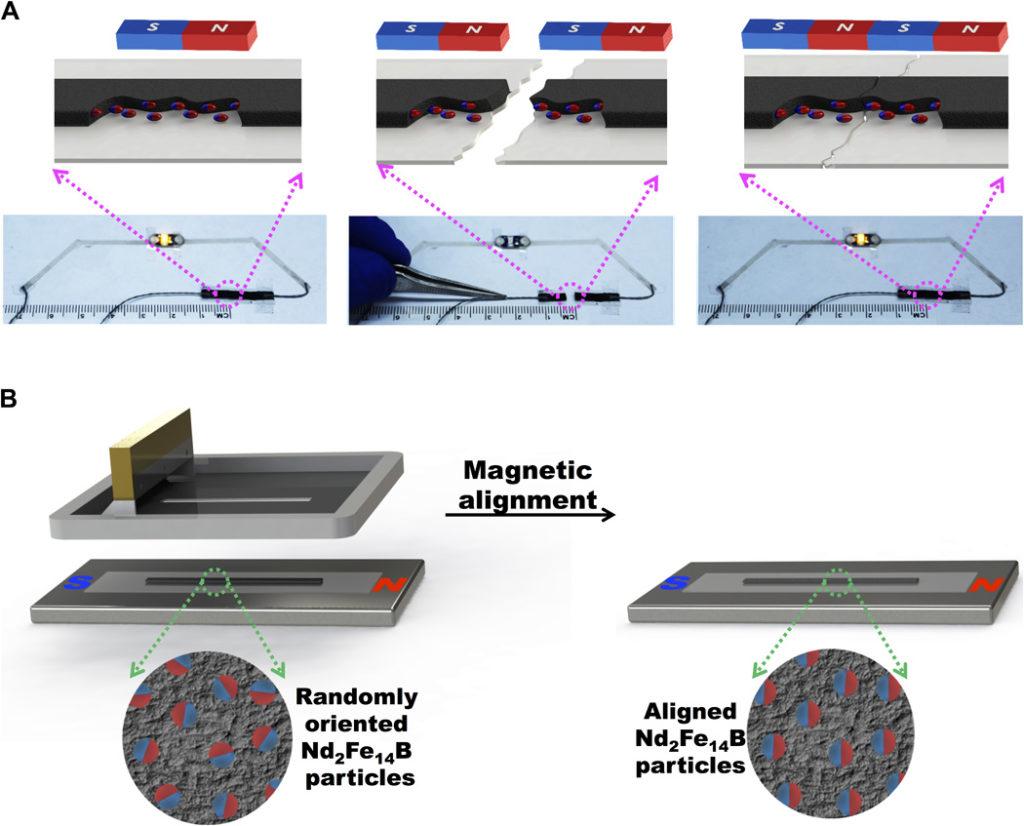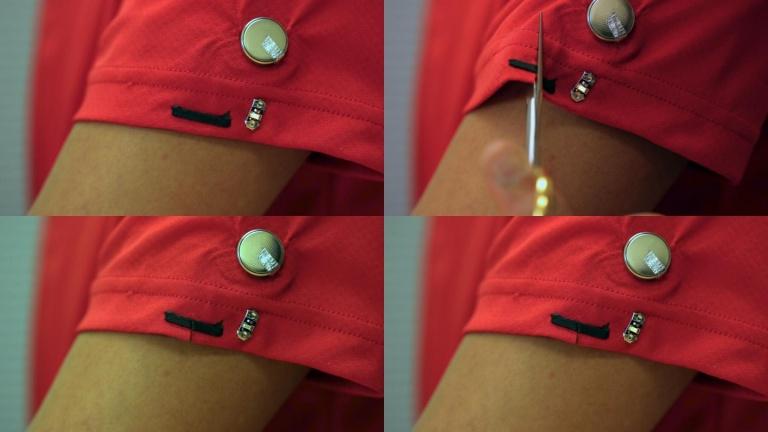 The ability of the human body – and the bodies of the entire animal kingdom – to heal itself never ceases to amaze. It’s something we take for granted on a day-to-day basis with minor injuries. Got a nasty cut on your finger? It may be painful and inconvenient, but you can rest assured that your body is already in the process of knitting it back together. The same can’t be said for inanimate objects, obviously…or can it?
The ability of the human body – and the bodies of the entire animal kingdom – to heal itself never ceases to amaze. It’s something we take for granted on a day-to-day basis with minor injuries. Got a nasty cut on your finger? It may be painful and inconvenient, but you can rest assured that your body is already in the process of knitting it back together. The same can’t be said for inanimate objects, obviously…or can it?
A team of engineers at the University of California San Diego have developed a new technology that allows certain items to heal themselves after being cut. The key is a magnetic ink formulated from neodymium and loaded with magnetic, electrically conductive microparticles. Carbon black, a material frequently used to make batteries and sensors, was added to the ink to improve its electrochemical properties. Because the microparticles’ magnetic fields canceled each other out, the team printed the ink in the presence of an external magnetic field, which allowed the particles to orient themselves in a way that formed a permanent magnet with opposite poles at the end of each printed object.
 The specially formulated ink resulted in 3D printed devices that, when cut into pieces, heal themselves thanks to the magnetic attraction between the pieces, which draws them back together into one component. It’s not the first self-healing material ever to be created, but several factors set it apart from other existing technology. First, it doesn’t require any outside catalyst to start the healing process, unlike other materials, which need to be heated or otherwise triggered into healing themselves.
The specially formulated ink resulted in 3D printed devices that, when cut into pieces, heal themselves thanks to the magnetic attraction between the pieces, which draws them back together into one component. It’s not the first self-healing material ever to be created, but several factors set it apart from other existing technology. First, it doesn’t require any outside catalyst to start the healing process, unlike other materials, which need to be heated or otherwise triggered into healing themselves.
Secondly, it’s much faster than existing materials, which can take as long as several days to repair themselves. The magnetic material takes about 50 milliseconds, and can heal from tears as wide as 3 millimeters, a record in self-healing material technology thus far.
“Our work holds considerable promise for widespread practical applications for long-lasting printed electronic devices,” said Joseph Wang, director of the Center for Wearable Sensors and chair of the nanoengineering department at UC San Diego.
Some of those devices may include batteries, electrochemical sensors and wearable, textile-based electrical circuits, which the researchers printed and then tested by cutting them and pulling them apart in wider and wider gaps. Each time, the devices healed themselves. Even when the team damaged them up to nine times in the same location, or in four different locations at once, the devices healed and regained their function, losing only a minimal amount of conductivity.
You can see one experiment in the video below. The researchers printed a circuit from the self-healing ink onto the sleeve of a T-shirt, then connected it to a battery and an LED light. When the circuit was cut, the LED light turned off, but as the two halves of the circuit grew back together, the light turned back on, showing that full functionality was restored to the device.
“We wanted to develop a smart system with impressive self-healing abilities with easy-to-find, inexpensive materials,” said Amay Bandodkar, a postdoctoral researcher at Northwestern University, who earned his Ph.D in Wang’s lab.
The 3D printed sensors are just the beginning for Wang’s team, which specializes in printed wearable sensors. They also plan to make self-healing inks with different ingredients for other applications, and to develop computer simulations for the purpose of testing different ink recipes in silico before they physically experiment with them in the lab.
The research is documented in a paper entitled “All-printed magnetically self-healing electrochemical devices,” which you can read here. The study was authored by Wang and Bandodkar along with Christian S. López, Allibai Mohanan, Vinu Mohan, Lu Yin, and Rajan Kumar, all affiliated with the Department of Nanoengineering at the Jacobs School of Engineering. Discuss in the Self-Healing Materials forum at 3DPB.com.
[Source: UCSD]Subscribe to Our Email Newsletter
Stay up-to-date on all the latest news from the 3D printing industry and receive information and offers from third party vendors.
You May Also Like
3D Printing Webinar and Event Roundup: April 7, 2024
Webinars and events in the 3D printing industry are picking back up this week! Sea-Air-Space is coming to Maryland, and SAE International is sponsoring a 3D Systems webinar about 3D...
Roboze Brings Performance Polymer 3D Printing to SoCal via New Partnership
High-performance polymer 3D printing firm Roboze has been steadily working to expand its global footprint, with a firm eye on distributed manufacturing, particularly with regard to the oil and gas,...
3D Printing Webinar and Event Roundup: March 3, 2024
In this week’s roundup, we have a lot of events taking place, including SPE’s ANTEC 2024, Futurebuild, the AAOP Annual Meeting, JEC World, and more. Stratasys continues its training courses,...
Advanced Manufacturing Firm Zeda Acquires The Orthopedic Implant Company
Zeda, the San Francisco-based provider of advanced manufacturing solutions, announced that it has acquired The Orthopedic Implant Company (OIC), a medical device manufacturer based in Reno, Nevada, for an undisclosed...
































